As of now, more than one million households in China have installed distributed Solar PV applications. LONGi’s distributed solar PV solutions have been deployed worldwide, ushering in an era in which solar energy is accessible to everyone. In this second of a series of articles, we focus on specific applications for distributed PV.
1. Grid-connected application
Grid-connected distributed PV power generation refers to a system that is installed near its users and generally runs in parallel with MV and LV distribution networks. Users can make use of the electricity generated themselves, sell surplus electricity to the grid or buy from the grid when they have insufficient power.
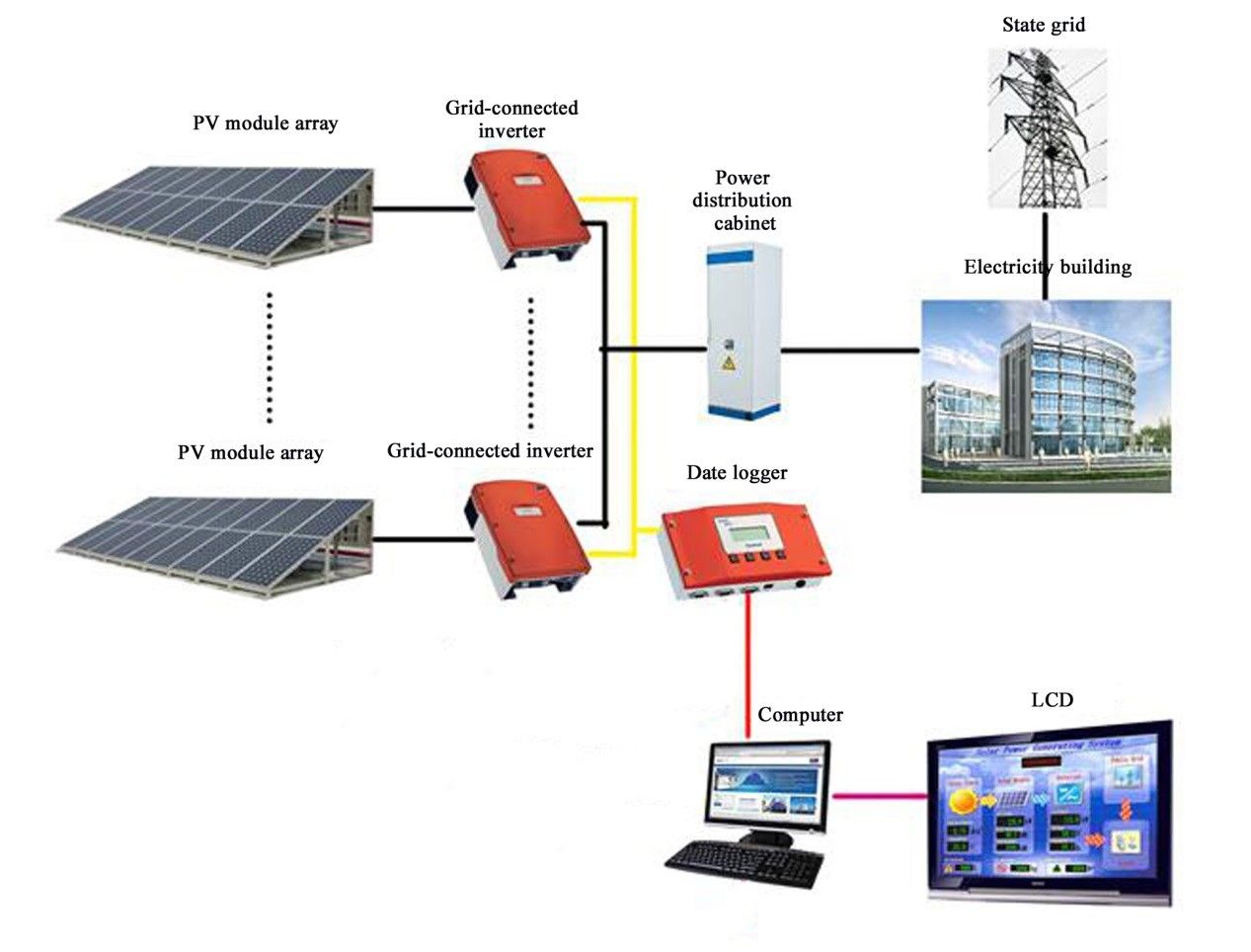
(Schematic of grid-connected distributed PV for industrial and commercial purposes)
2. Off-grid application
Off-grid distributed PV power generation refers to a system which uses its own power generation and energy storage systems to directly supply power to users, with no connection to a large power grid. It is mostly used in remote and island areas.
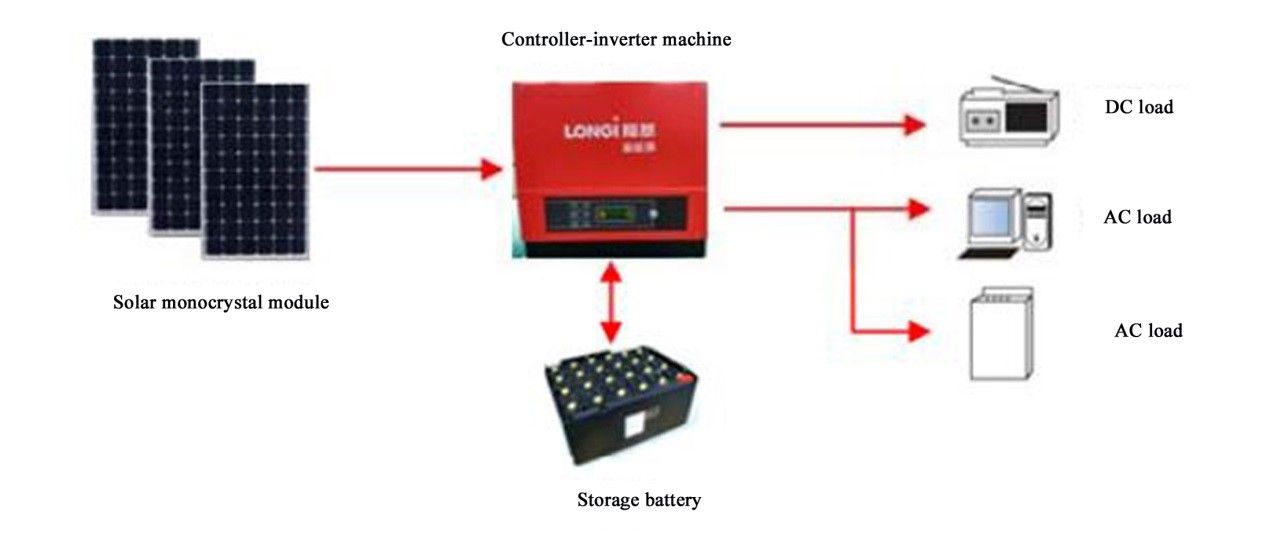
(Schematic of off-grid distributed PV)
3. Multi-energy complementary microgrid application
A multi-energy complementary microgrid refers to a system composed of a mixture of distributed PV and wind energy, hydro power or other energy generation modes. In this form, the distributed PV system can either be operated independently as a microgrid, or connected to a power grid.
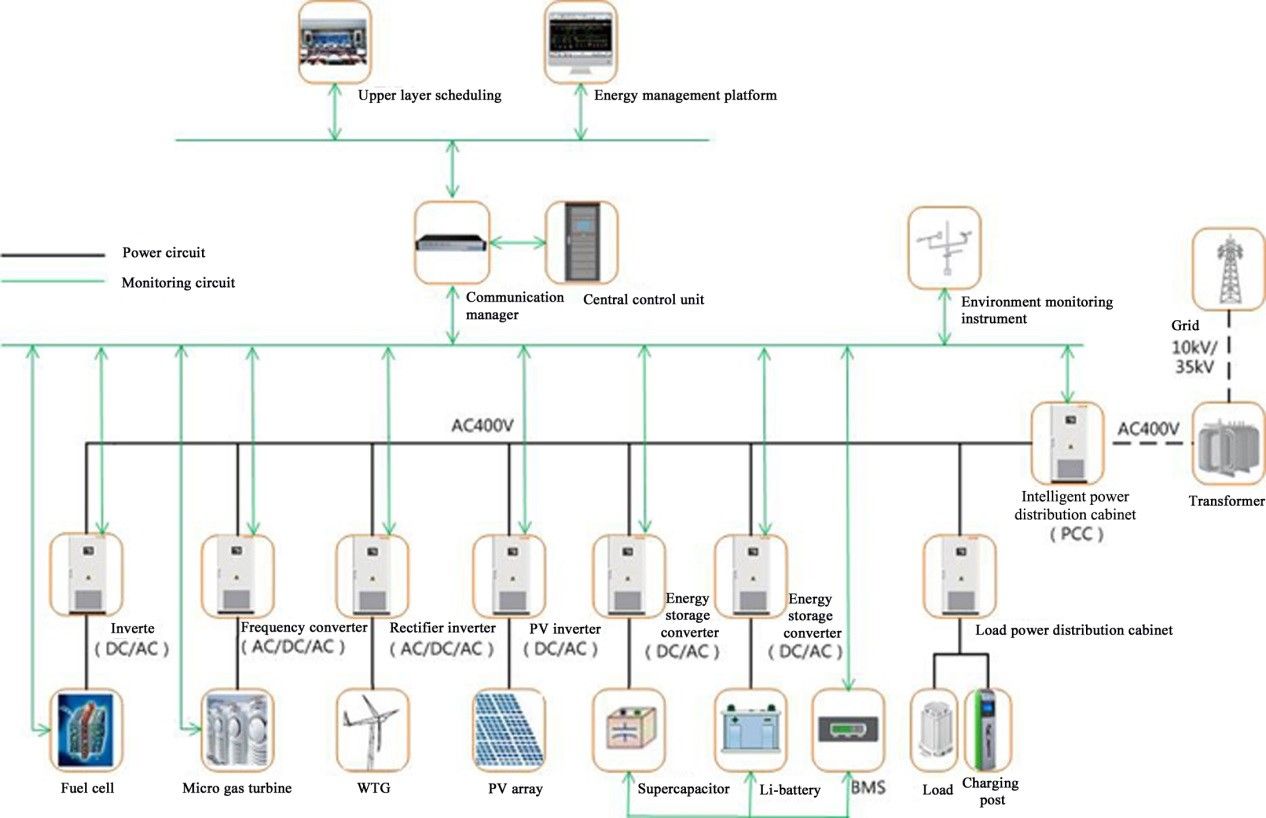
(Schematic of multi-energy complementary microgrid)
Where does the application of distributed PV apply?
The application of distributed PV is flexible, from city to country and from factory to villa.
1. Industrial plant: Because of the large electrical load, energy generated by a distributed PV grid-connected system will mainly be consumed locally, saving electricity costs.
2. Commercial building: similar to industrial parks, with cement roofs more advantageous for installing PV arrays.
3. Agricultural facility: located at the end of the public power grid, the construction of a distributed PV system in a rural area can improve power security and quality.
4. Municipal public building: suitable for centralized parallel construction of distributed PV, with relatively reliable user loads and commercial behaviour.
5. Remote farming, pastoral areas and islands: far from the power grid and with difficulty in accessing electricity. Off-grid photovoltaic and complementary microgrid systems are particularly suitable for these areas.
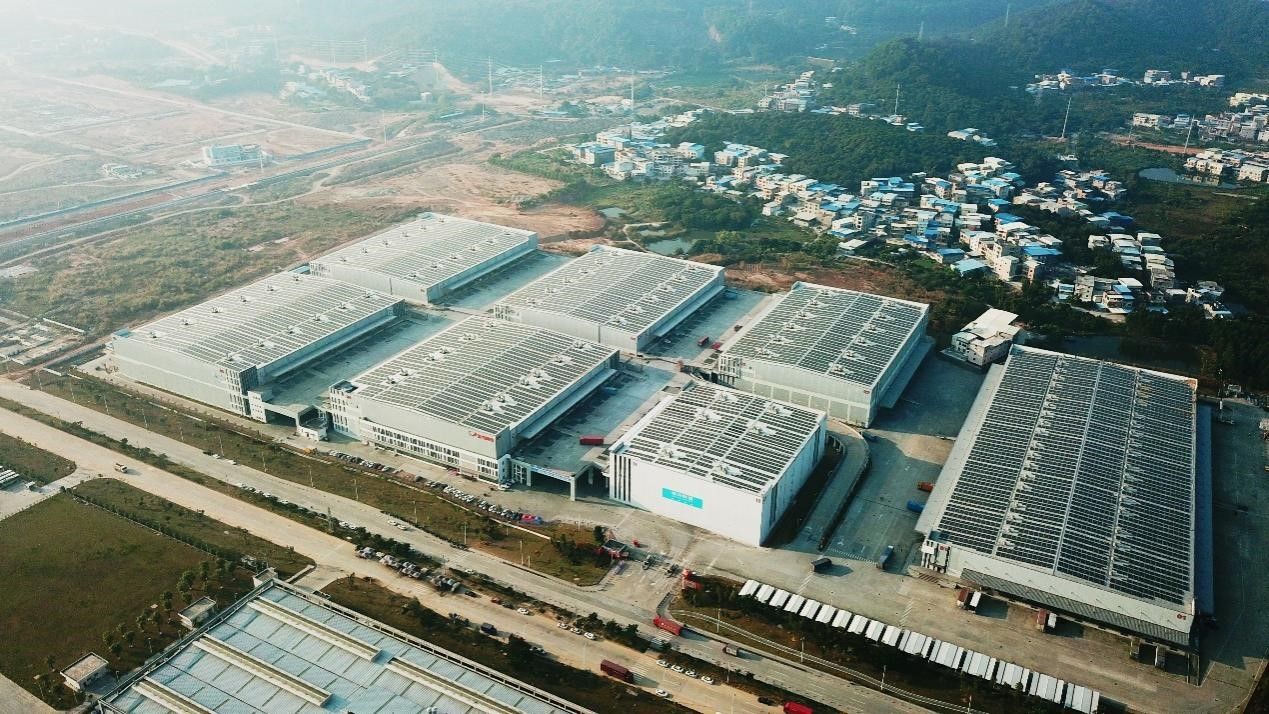
(Industrial Plants - Guangzhou Alibaba Cainiao Logistics Park)
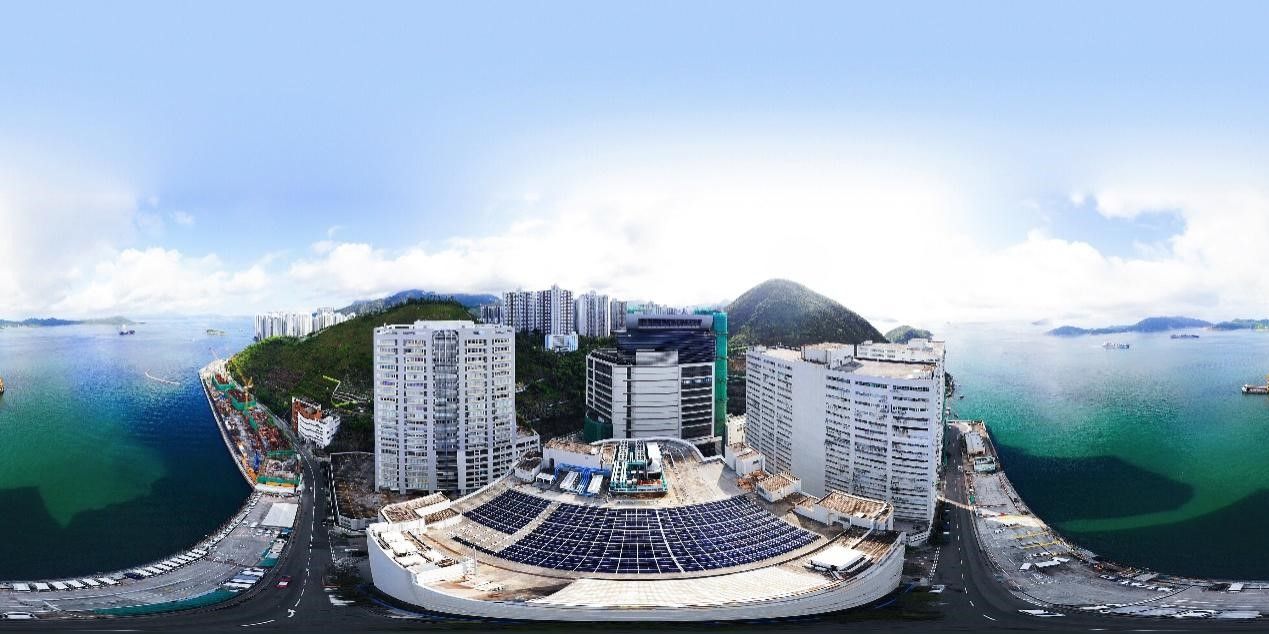
(Commercial Buildings - Hong Kong Oceanic Industrial Centre)
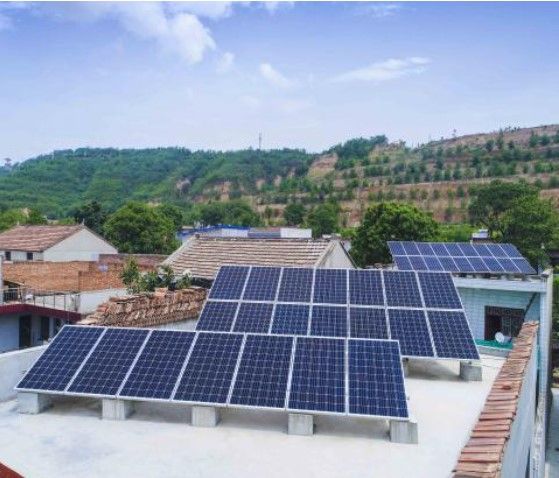
(Agricultural Facilities - Duqu Town Project, Chang'an District, Xi'an)
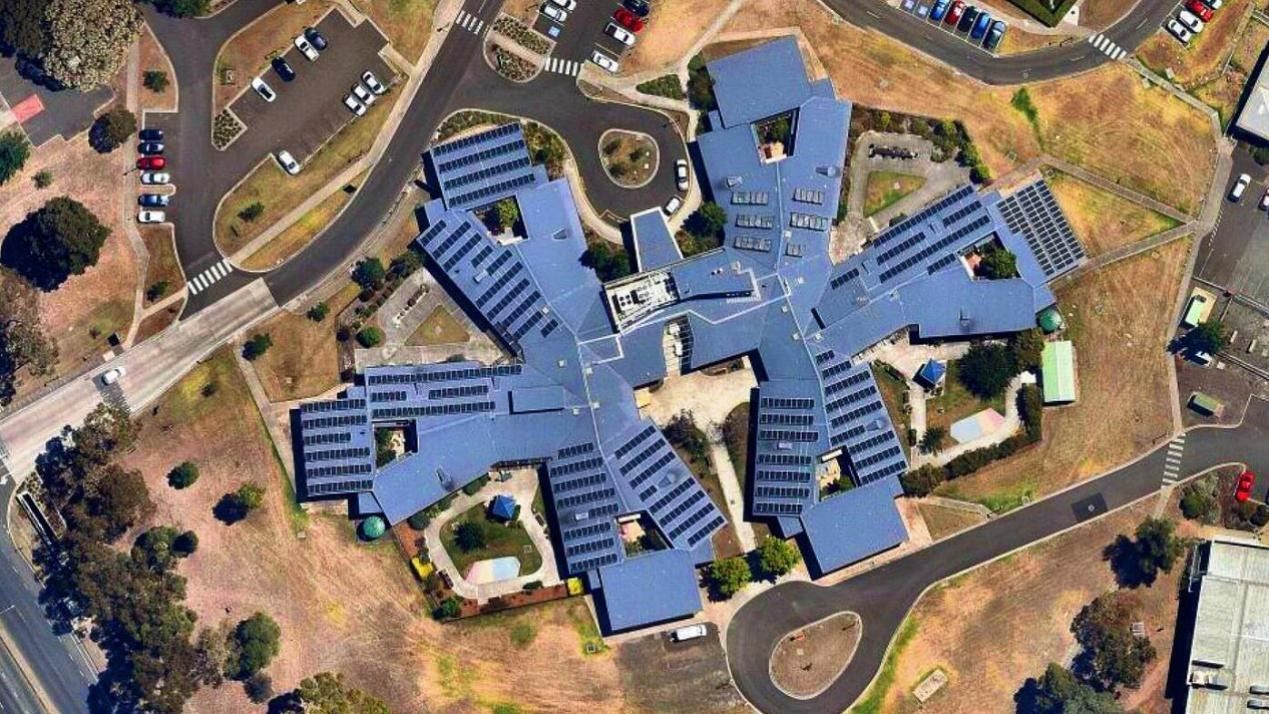
(Municipal Public Buildings-Australian Hospital Rehabilitation Center Project)
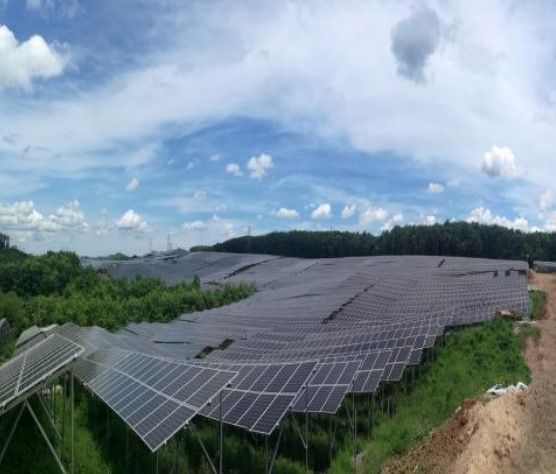
(Remote Farming, Pastoral Areas and Islands - Hainan Baisha Poverty Alleviation Project)